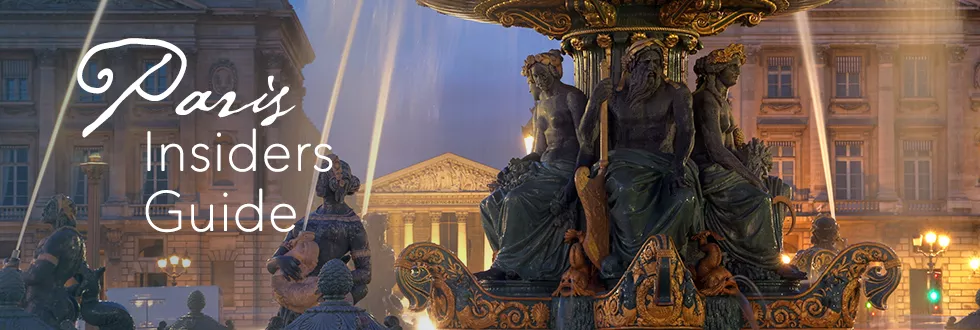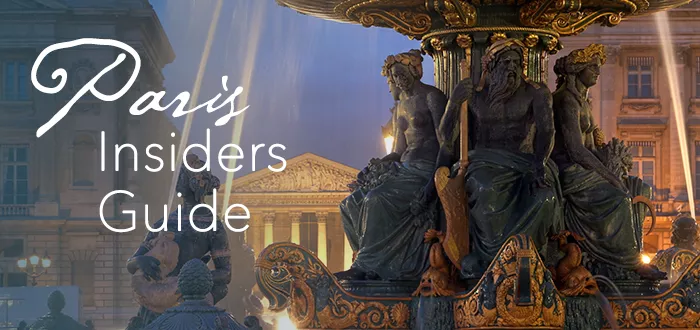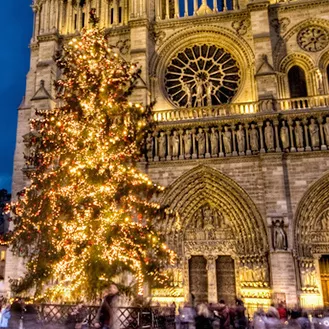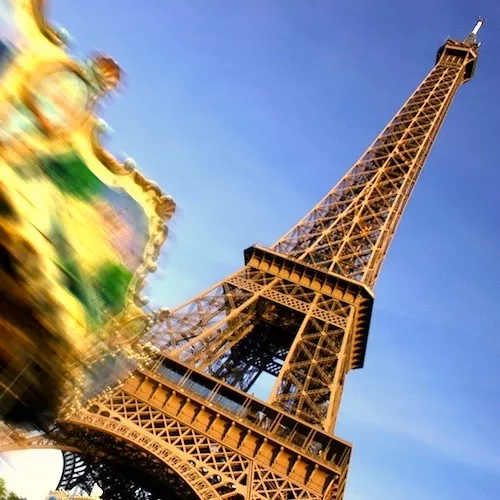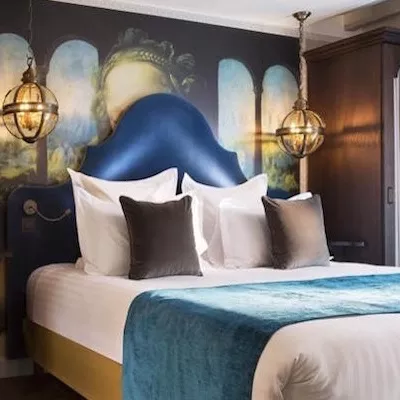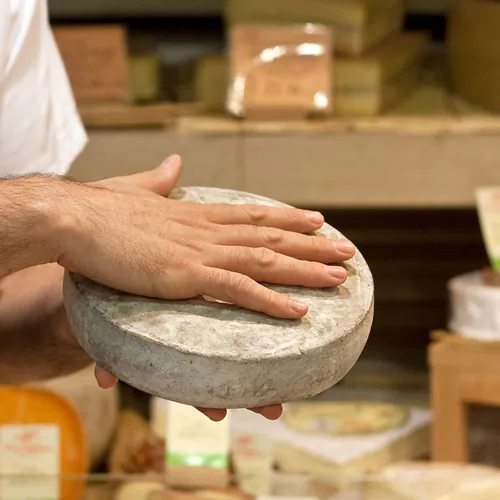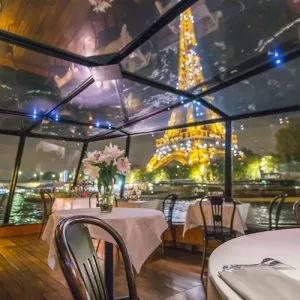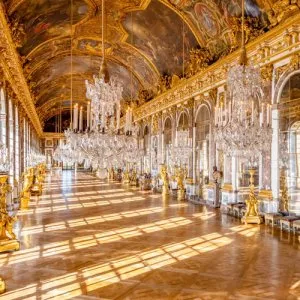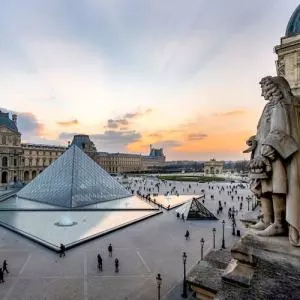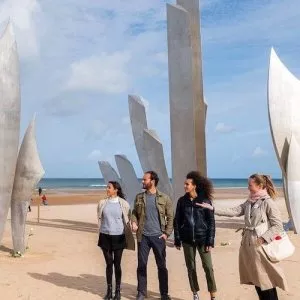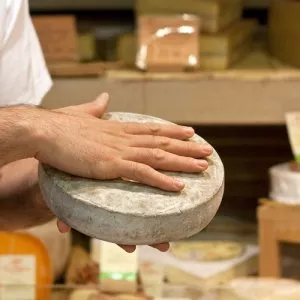Manufacture des Gobelins – The Gobelins Tapestry Factory In Paris
The Gobelins Tapestry Factory supplied the court of the French monarchs from the time Louis XIV. In fact, the factory, the avenue, the Metro station, and the Latin Quarter neighborhood all take their name from the Gobelins brothers, who in the 15th century established their famous dye works on the banks of the Bievre River about at the border of the current 5th and 13th Arrondissements. (Today the river is mostly covered over.)
Today, the Gobelin Paris factory is part of the French Ministry of Culture and still produces tapestries. The complex also houses the Galerie des Gobelins with temporary exhibitions of tapestries, furniture and objets from the Mobilier National (the state furniture collection). When you take a guided tour you're actually watching trained artisans at work. Weavers still use age-old techniques and century-old wooden looms to create modern tapestries.
![]()
Discover What's On When You're Here...
• January... |
• February... |
• March... |
• April... |
• May... |
• June... |
• July... |
• August... |
• September... |
• October... |
• November... |
• December... |
Discover What's On When You're Here
• January...
|
• February... |
• March... |
|---|---|---|
• April... |
• May... |
• June... |
• July... |
• August... |
• September... |
• October... |
• November... |
• December... |
History of the Gobelins Paris
 The Miraculous Draft of Fishes – cartoon sketch for tapestry
The Miraculous Draft of Fishes – cartoon sketch for tapestry
Although Gobelins is synonymous with tapestry, the two brothers never wove a thread. Their claim to fame in the tapestry world was making a special Venetian scarlet dye.
In 1662, Jean-Baptiste Colbert, Louis XIV's famous minister, persuaded the king to take over the Gobelins property. There, under the management of court painter Charles Le Brun, Colbert assembled a craft colony of weavers, painters, bronze workers, furniture makers, goldsmiths, and engravers. His goal was to create the royal factory of furniture (Manufacture Royale des Meubles de la Couronne) and to cover the walls of Versailles with tapestries.
Louis XIV, AKA the Sun King, who reigned from 1643 to 1715, ordered up the greatest collection of tapestries in Europe. During his seventy-two years on the throne he amassed the largest tapestry collection ever seen, with an unbelievable 2,650 pieces. He spent an extraordinary amount of time, money, and talent on the creation of these works. The tapestries were meticulously hand-woven using the finest wool, silk, and precious metal-wrapped thread.
![]()
Romantic Dinner Cruises In Paris
|
VIP Dinner Cruise with Bateaux Parisiens |
Dinner Cruise by Maxim's of Paris |
|
VIP Dinner Cruise with Bateaux Parisiens |
A Focus on Tapestries
 Winter, Cybele Begs for the Sun's Return – cartoon sketch for tapestry
Winter, Cybele Begs for the Sun's Return – cartoon sketch for tapestry
The factory closed in 1694 due to financial problems, but reopened in 1699 with a single focus — tapestry production. The Gobelin Paris tapestries were the finest produced in the world. Cartoons (sketches of the panels) were ordered from the famous painters of the day — Le Brun, Oudry, Coypel, Boucher. Skilled weavers were paid according to the technical difficulty; weaving the heads and flesh tones received the highest wages.
It would take up to three years for two weavers to make a single tapestry. The Gobelins production between 1663 and 1690 (the time of Le Brun's death) was a staggering 775 tapestries. Le Brun loved to celebrate the glory and passions of Louis XIV in his tapestry designs — like the story of Alexandre the Great, the life of Louis XIV, and the royal residences.
While during the reign of Louis XIV the tapestries celebrated his glory, by the time the 18th century came along the tapestries were more frivolous. The 18th century also brought an important innovation to tapestries — the addition of borders.
Tapestries sought to technically compete with paintings. Hundreds of new dyes were developed to create a range of subtle tonal qualities. Unfortunately, the ravages of time and light have destroyed much of these subtle effects.
![]()
Find Hotel Deals for Your Dates in Paris
Check the complete list of Paris hotels to find current sale prices on rooms in every arrondissement. Save 10%, 20%… or even more! |
Paris Hotel Deals |
Find Hotel Deals for Your Dates in Paris
Save on hotels in every arrondissement of Paris – the Latin Quarter, Saint Germain, the Right Bank, the Marais, near the Eiffel Tower. Save 10%, 20%… or even more! |
A Second Closure at Gobelins
 The Portiere of the Chariot of Triumph – cartoon sketch for tapestry
The Portiere of the Chariot of Triumph – cartoon sketch for tapestry
The Gobelins Paris tapestry factory became so celebrated that Marie Antoinette and Louis XVI paid a personal visit to the workshops in 1790, just a year or two before their arrests.
As you would imagine, the factory was closed during the French Revolution but was reopened by none other than Napoleon. During the Bourbon Restoration (1815-30) the tapestry factory business again boomed. In 1871, some of the Gobelins workshops were burned down during the Paris Commune in the wake of the Franco-Prussian War.
Today, the Gobelins Paris complex contains four buildings that date from the 17th century, plus a replacement building on the Avenue des Gobelins, built in 1912 by French architect Jean-Camille Formige.
Gobelins tapestries, especially those made for the Sun King, are today among the rarest items on the private art market, with price tags reaching $750,000 USD. As many tapestries were destroyed during the French Revolution (some were also burned to extract the gold threads), only a few dozen Gobelins are available through Parisian dealers and galleries.
![]()
Our Most Popular Day Trips from Paris
|
Spend a Day in the Champagne Region |
Visit the Historic D-Day Beaches |
|
Visit the Historic D-Day Beaches |
Touring the Gobelins Factory

It's not merely a museum, it's a living factory where you can visit the studios where weavers train and work. Weavers may spend two to four years completing a panel, with wools from a palette of 15,000 colors. Today the designs are based on paintings by the likes of Matisse, Picasso, and Miro.
Three days a week the Gobelins offers guided tours of the tapestry factory and the Savonnerie (carpet) and Beauvais (horizontal loom weaving) workshops. But it's not just tapestries to be on the look out for. Within Gobelin's first courtyard stands a marble statue of Charles Le Brun by Henry Charles Cardier. In the next courtyard is a statue of Colbert by Jean-Paul Aube. Also within the complex is a highly competitive school that teaches weaving, plus a repair and restoration workshop.
If you can't get to the factory, you can see Gobelins tapestries hanging at Versailles, Palais Garnier, the National Library, the Elysée Palace, the Luxembourg Palace, the Pantheon, and Musée Nissim de Camondo.
![]()
Skip-the-Line at the Louvre Museum
|
The Louvre's Greatest Masterpieces |
Louvre Skip-the-Line Tour |
|
The Louvre's Greatest Masterpieces |
Gobelins Paris Resources
- 42 Avenue des Gobelins
- 13th Arrondissement
- Metro: Gobelins
- Gobelins Website…
- Tour Reservations & Tickets…
Paris Planning Guides
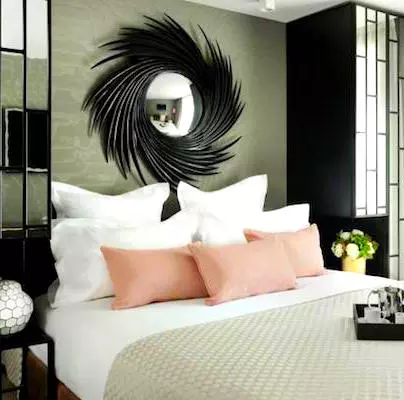 Latin Quarter Hotels
Latin Quarter Hotels |
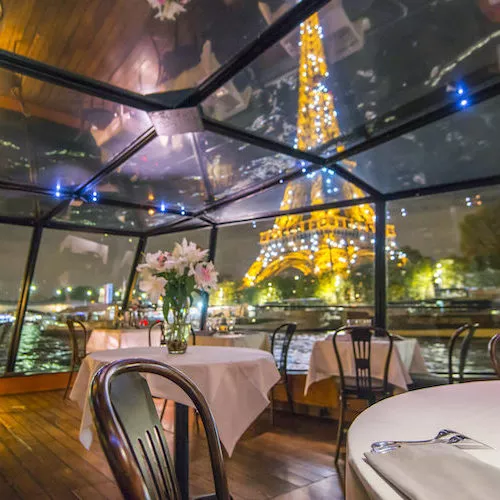 Glorious Dinner Cruises
Glorious Dinner Cruises |
 VIP to Champagne
VIP to Champagne |
 Info for Travelers
Info for Travelers |
